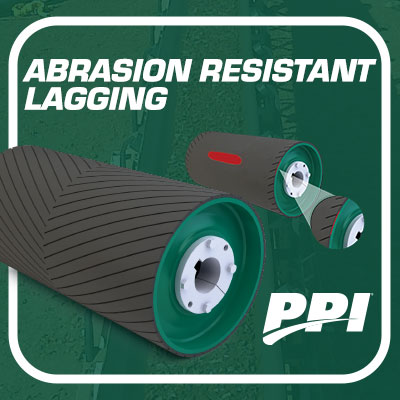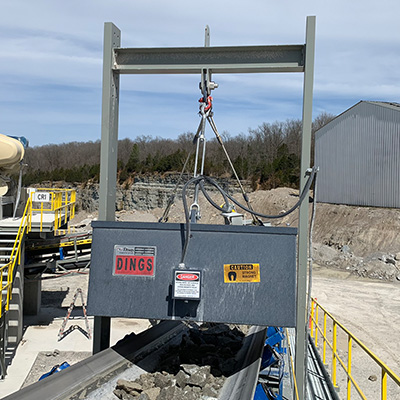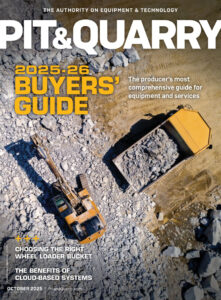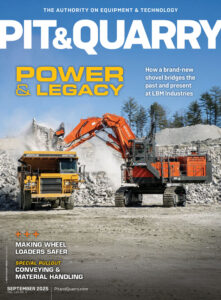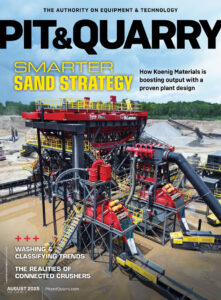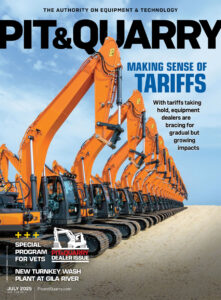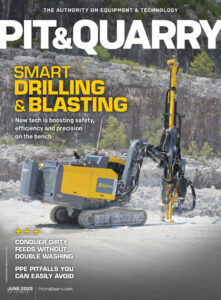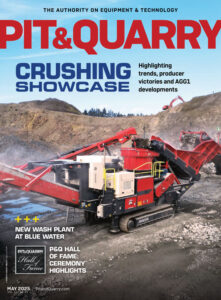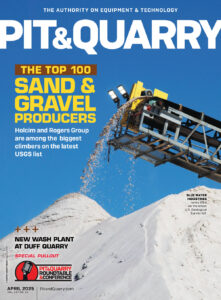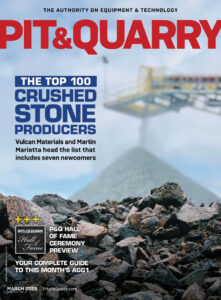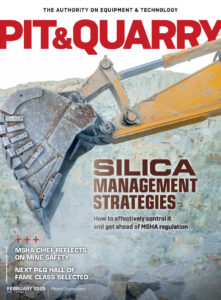Equipment operating leases can be structured in a variety of ways, including as a:
• Fair market value lease, where payments are made and the equipment is used during the lease. At the end of the lease, the operation has the option to buy the equipment at its fair market value, returning it or renewing the lease. Most often, it is used for equipment that quickly loses its value.
• Ten percent option leases let the lessee make payments and purchase the equipment for 10 percent of its initial value, or walk away at the end of the lease.
• Terminal rental adjustment clause (TRAC) leases are typically used for trucks and other vehicles. A TRAC lease comes with the option to purchase the vehicle for the agreed-upon residual amount, or the lessor will sell the vehicle to a third party. If the vehicle is sold for less than the residual amount, the lessee will owe the difference.
Equipment rentals
Renting equipment offers an aggregate producer unmatched flexibility, allowing it to pay for an asset when it is needed. Renting obviously benefits smaller operations that cannot afford the cost of equipment maintenance.
Renting and leasing work pretty much in the same way. With renting, though, the operation signs a contract for a shorter time – usually a year or less – and will not be responsible for maintenance costs. While renting does not offer the option of purchasing the equipment at the end of the rental term, it almost always requires the equipment’s return.
Renting equipment is less expensive than leasing because there is no large down payment required. Plus, rental payments are often considered a tax-deductible operating expense, greatly simplifying accounting. The same might not be true with leases thanks to a recent change in the accounting rules and its impact on an operation’s taxes.
ASC 842
Thanks to a change in the accounting rules, both private and nonprofit companies are now required to report leases and subleases on their balance sheets. Before ASC 842, operating leases were not included on an operation’s balance sheet with the result that potential investors and lenders didn’t have a clear picture of the operation’s liabilities.
The new lease accounting standard requires an aggregate producer to include all leases longer than 12 months to be recorded on their balance sheets as assets and liabilities, increasing visibility of leasing costs and arrangements.
ASC 842 does not really change how leases are treated for federal income tax purposes, but it does make accounting for leases more difficult – especially when trying to spell out the difference between tax and book income.
Still, although the federal income tax treatment of leases isn’t impacted by ASC 842, the same can’t be said for state-based franchise taxes, sales and use taxes and net worth taxes – all of which might be impacted.
Funding to lease or buy
Regardless of the path eventually chosen, funding will be needed for both purchases and leases.
Fortunately, there are a number of options available, including:
• Traditional bank loans. These are difficult and expensive today but more accessible and affordable with an SBA guarantee.
• Alternative lenders, including specialty lenders, equipment dealers and distributors – plus online lenders. Often, these are more readily available but usually more costly.
• Utilizing a line of credit that every aggregate producer should already have in place.
• Using a business credit card. This is quick but expensive.
The decision
Answering the question of whether it is cheaper to lease or to buy depends on several factors, such as the cost of the equipment or other property, the length of time it will be used and, of course, the financial health of the operation.
Both loans and leases allow an aggregate producer to immediately access equipment and other property, making it possible for those assets to generate revenue while the operation makes small, periodic payments.
Leasing may be more affordable in the short term because of lower monthly payments. Buying can be more cost-effective in the long run, though, as the operation will own the equipment outright after making all payments.
Renting, on the other hand, is best for an operation needing equipment for a short time or one that is uncertain about the equipment’s future use – especially for one-time use or seasonal contracts.
A loan to purchase the equipment or property might be better if the operation has the funds for a down payment and hopes to keep the equipment for a long time. A lease is better if the operation doesn’t have sufficient funds to put down, if the equipment is only needed for a specific project, or if there is a risk of it becoming outdated.
Choosing whether to rent, buy or lease equipment or property requires careful evaluation. Often, professional advice can help answer questions.
Mark E. Battersby is a freelance writer who specializes in taxes and finance.


